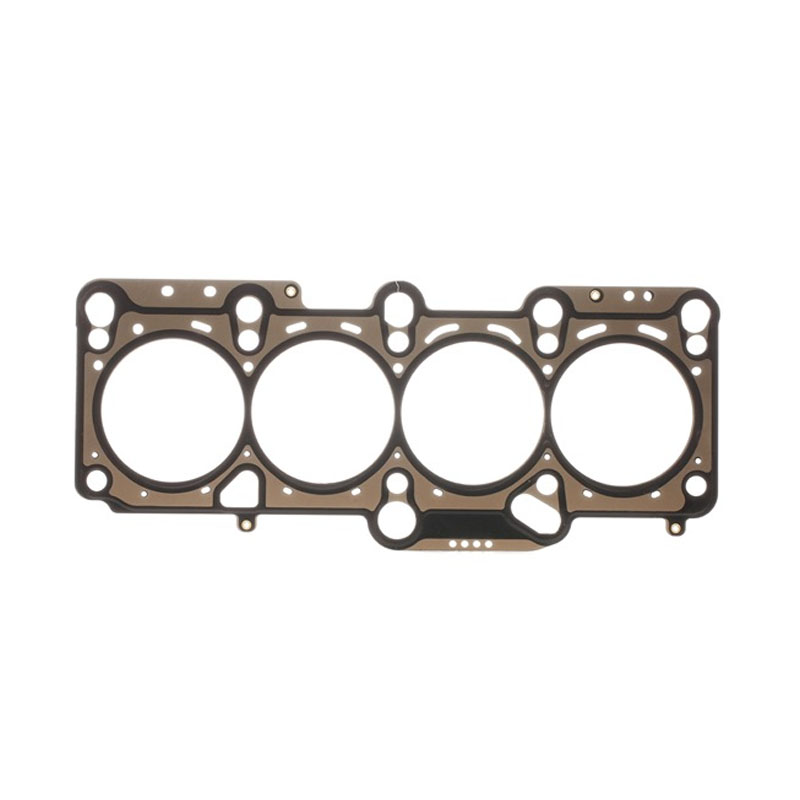Similar Oil Seal Specifications 130x160x12 for Enhanced Performance and Durability
Understanding Oil Seals A Closer Look at the 130x160x12 Model
Oil seals, also known as lip seals or rotary shaft seals, are critical components in many mechanical systems. They serve the primary function of preventing the leakage of lubricants while protecting moving parts from contaminants such as dirt, dust, and moisture. Among the various types of oil seals available, the 130x160x12 oil seal is particularly noteworthy due to its specific dimensions and applications.
What Does the Size Mean?
The numbers in the designation '130x160x12' refer to the key dimensions of the oil seal. The first number, 130, indicates the inner diameter (ID) of the seal in millimeters, while the second number, 160, represents the outer diameter (OD) of the seal. Lastly, the final number, 12, denotes the thickness of the seal. These dimensions make the 130x160x12 oil seal suitable for a variety of applications where a robust sealing solution is needed.
Material and Design
Oil seals are typically constructed from elastomeric materials, with rubber being the most common. However, the choice of material may vary depending on the specific application, environmental conditions, and types of fluids being sealed. For instance, seals used in high-temperature or aggressive chemical environments may be made from specialized compounds such as fluorocarbon or silicone. The design of the seal includes a lip that makes contact with the rotating shaft, and this lip is often designed to maintain a certain preload to ensure a proper seal under varying operating conditions.
Applications of the 130x160x12 Oil Seal
oil seal 130x160x12

The 130x160x12 oil seal is widely used in automotive, industrial, and agricultural machinery. In automotive applications, it is often found in the engine, transmission, and differential systems. Its role is critical in ensuring that lubricants do not leak out of components while keeping contaminants from entering, which can lead to wear and tear.
In industrial machinery, this oil seal can be found in gearboxes, pumps, and motors, where it plays a vital role in maintaining system efficiency and reliability. Any failure of the oil seal can result in costly downtime and repairs, making it essential for manufacturers to choose quality components.
Importance of Maintenance
While oil seals are designed for durability, they are not impervious to wear and tear. Over time, exposure to extreme temperatures, pressure, and cyclic loading can cause the seal material to degrade. Regular maintenance and inspections are crucial to ensuring the longevity of oil seals. Indicators of a failing seal may include visible oil leaks, excessive dirt buildup around the seal area, or abnormal noise from moving parts. Replacing a faulty oil seal promptly can prevent further damage to the machinery and reduce overall repair costs.
Conclusion
In conclusion, the 130x160x12 oil seal is a vital component in many mechanical systems, serving the essential functions of preventing lubricant leaks and protecting against contaminants. Understanding its design, material properties, and applications allows engineers and technicians to make informed decisions when selecting seals for their specific needs. Proper maintenance and timely replacement of oil seals can significantly enhance the performance and longevity of machinery, ultimately leading to improved operational efficiency. Whether in automotive or industrial applications, the importance of a reliable oil seal cannot be overstated.
-
Simplifying Oil Changes: A Comprehensive Guide to Oil Drain Plugs and Their Variants
News Aug.04,2025
-
Mastering Oil Drain Maintenance: Solutions for Stripped, Worn, and Upgraded Oil Plugs
News Aug.04,2025
-
Fixing Oil Pan Plug Issues: Leaks, Stripped Nuts, and the Right Replacement Solutions
News Aug.04,2025
-
Everything You Need to Know About Oil Drain Plugs: Sizes, Fixes, and Upgrades
News Aug.04,2025
-
Choosing the Right Oil Drain Plug: A Guide to Sizes, Materials, and Drain Innovations
News Aug.04,2025
-
A Complete Guide to Automotive Drain Plugs: Types, Problems, and Innovative Solutions
News Aug.04,2025
-
The Ultimate Guide to Car Repair Kits: Tools and Essentials Every Driver Should Own
News Aug.01,2025
Products categories















